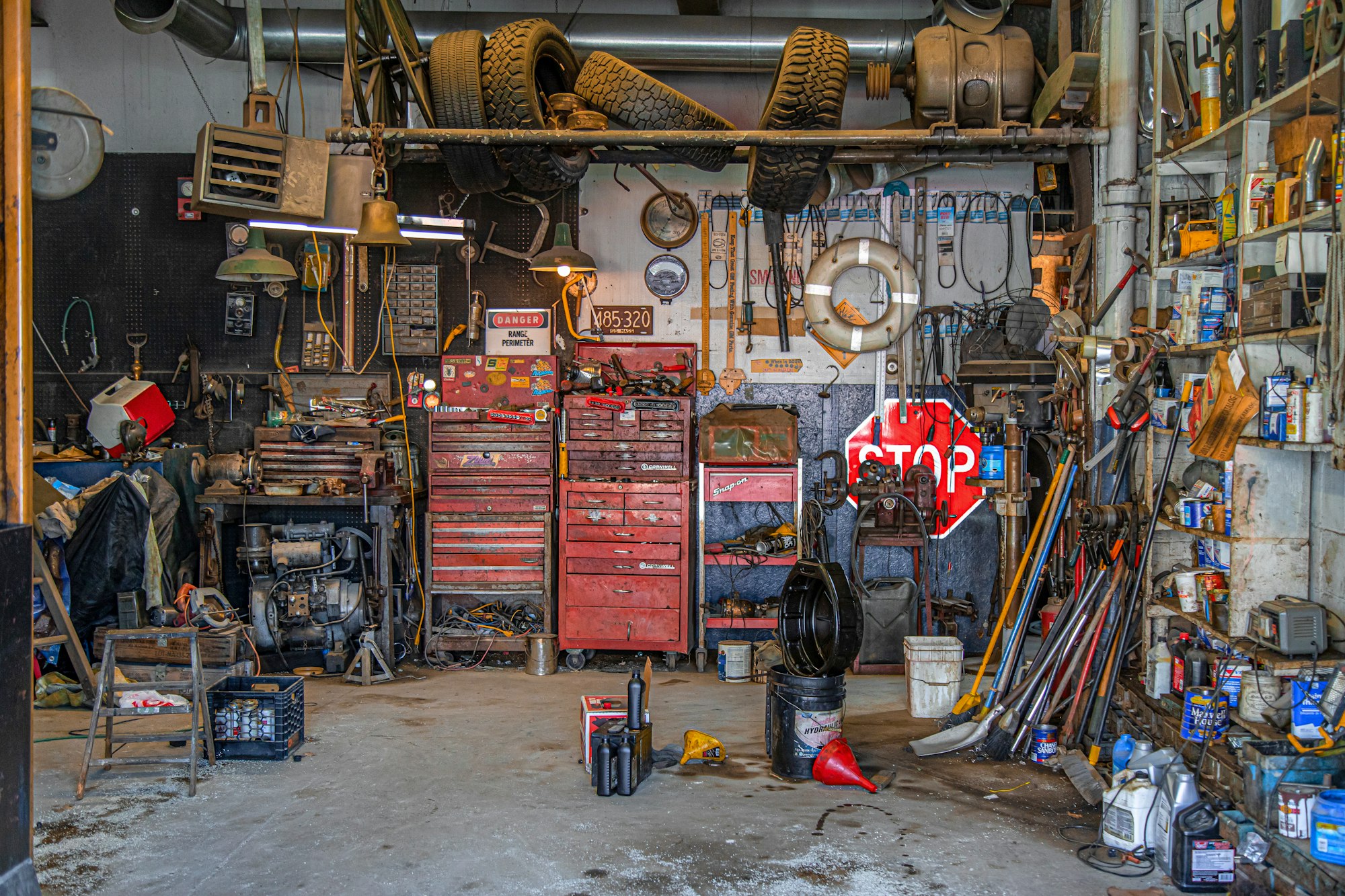Spring Decluttering is Better Than Spring Cleaning
The COVID pandemic brought about changes not just in where America shopped, but in how much shopping we did.
According to the U.S. Bureau of Economic Analysis, by the end of 2021—a year plagued by a global pandemic and social isolation—Americans increased their spending on consumer goods. And not just a little—spending on consumer goods in December 2021 increased 22% from the previous highs in December of 2019.
Time at home, ironically enough, resulted in more shopping. By the middle of the pandemic, Americans were spending 38% more on consumer goods in the “home category.”
Anecdotal stories of donation centers overrun with donations during the pandemic may have emerged. But if Americans were decluttering their homes during the pandemic, most immediately filled them back up again.
As Spring begins to bloom, no doubt families in both red states and blue states will return to their annual ritual of Spring Cleaning.
But this year, perhaps more than ever before, we should consider the benefits of Spring Decluttering, not just Spring Cleaning.
Over the last two years, we accumulated lots of stuff we don’t need. The exercise equipment we thought we’d use to get in shape during the pandemic. The entertainment system we thought we’d use to pass the time. The new hobbies we thought we’d begin. The toys we thought we’d need to raise our children during this time.
But as the global pandemic enters its third year, we can begin to see, in the brilliant words of Maya Angelou, “We need much less than we think we need.”
Decluttering the unneeded possessions from our home frees up space in our home (and garage). It frees up time because there is less to clean and manage. It frees up money in the long run. And it is a better way to live for the environment and sets a better example for our kids.
At almost every turn, Spring Decluttering is better than Spring Cleaning.
Even more important, decluttering our unneeded possessions offers opportunity to help others. Items donated to a charity can be used immediately by others in our community. There are families living in poverty, single mothers, and refugee families arriving every day who are hoping and praying for some of those things you’ve collected over the years.
Let’s move them from collecting dust on our shelves to meeting needs today.
Here are three steps to get started:
1. Declutter duplicate items in your home.
According to organizing experts, the average home has 300,000 items inside of it. And most of those items are duplicates.
A great place to begin freeing up space in our home is to consider the duplicate items we keep: towels, coats, Tupperware, coffee mugs, hammers, blankets, just to name a few.
Keep your favorites, remove the rest.
2. Begin decluttering in spaces you use frequently.
The temptation and tendency is to get excited about decluttering, head up to the attic full of memories, and immediately get overwhelmed.
To avoid this overwhelm, begin decluttering in easier spaces: the living room, bedroom, or car.
When you use a space daily, you have a better sense of the items that get used frequently and which ones are just taking up space.
Declutter all the unneeded items from one space before moving to the next.
3. Donate your decluttered items to a local charity that you believe in.
Don’t fall into the trap of thinking you need to sell every item you are removing from your home. Trying to sell everything adds burden and stress to an already difficult process. Besides, generosity brings benefit that money cannot.
Find a local charity that aligns with your passion and donate your unneeded things there. Your excess can become a blessing to somebody.
When you know your unused items are going to be used by someone who needs them, this will motivate you to find more things that you can declutter.
The more we focus on Spring Decluttering, the easier Spring Cleaning becomes. Decluttering benefits both us and the world. This year, perhaps, more than any other.
Please note that we may receive affiliate commissions from the sales of linked products.



